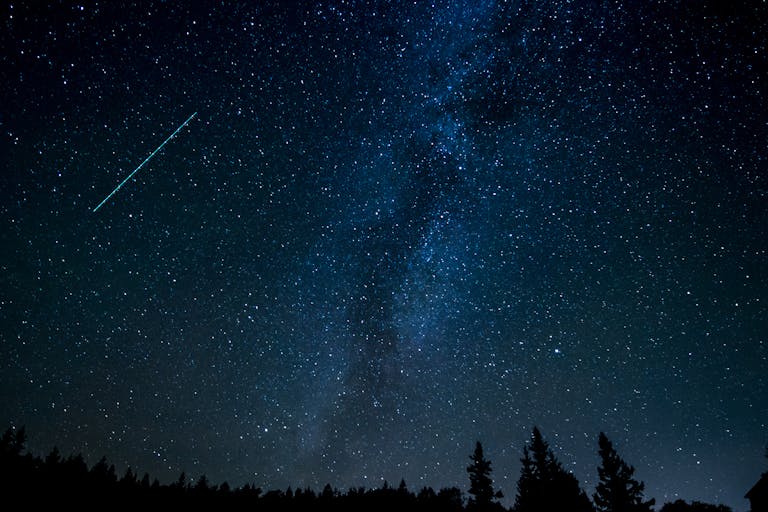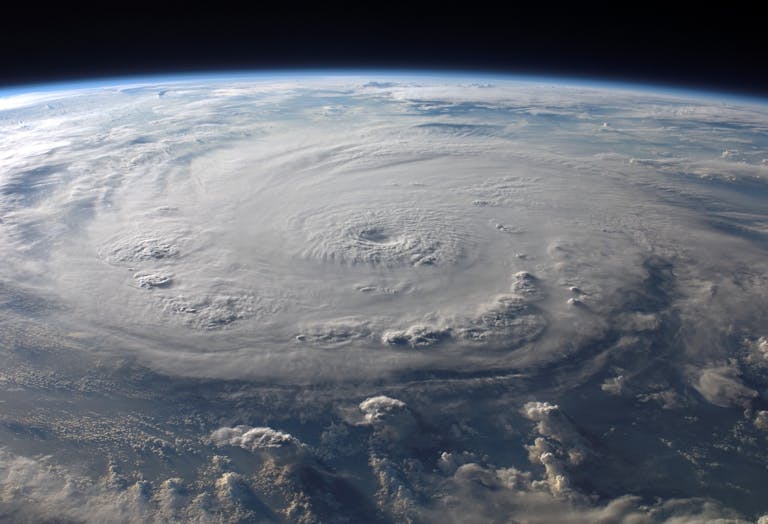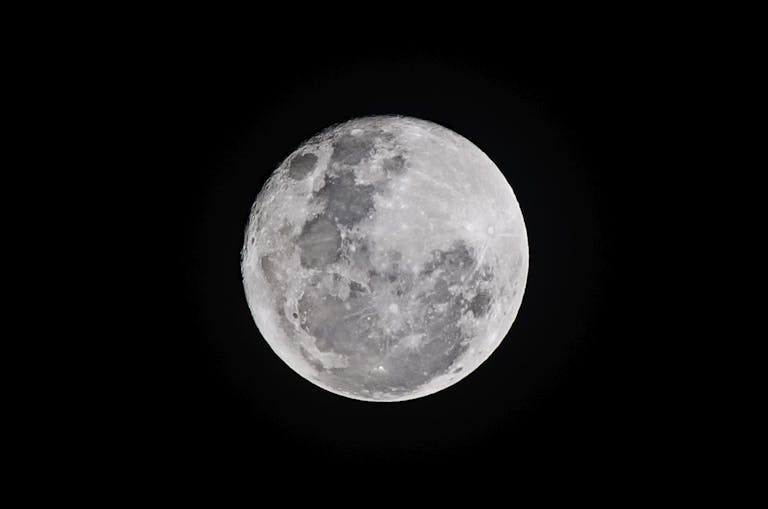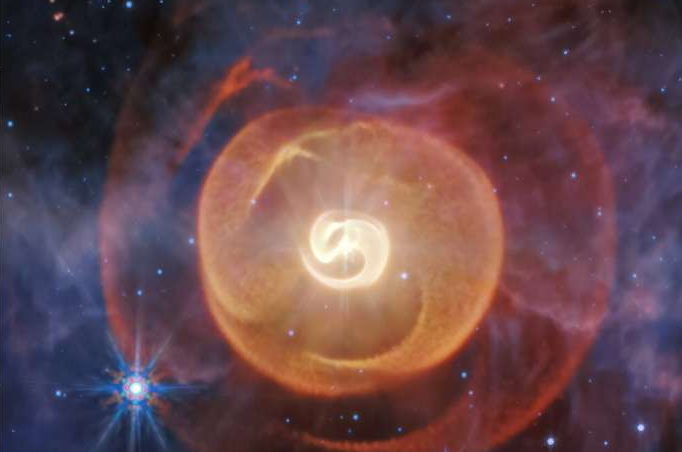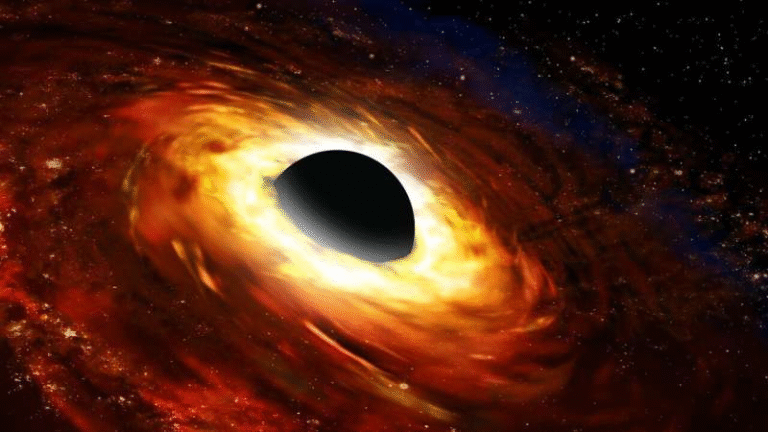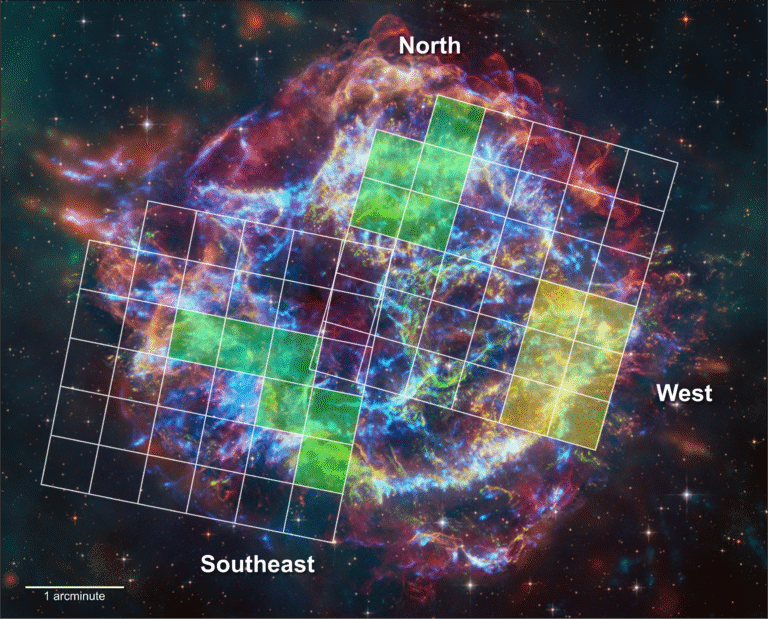Webb Telescope Reveals Pismis 24, A Dazzling Young Star Cluster in the Lobster Nebula

NASA’s James Webb Space Telescope (JWST) has captured one of its most detailed views yet: the glittering star cluster Pismis 24, nestled inside the Lobster Nebula (NGC 6357). Located roughly 5,500 light-years away in the constellation Scorpius, this region is among the nearest and most active nurseries of massive stars, making it a prime target for astronomers.
The new near-infrared image, taken with Webb’s NIRCam (Near-Infrared Camera), reveals thousands of stars in various stages of development. The brightest stars, marked by their six-point diffraction spikes, are the most massive members of the cluster. Surrounding them are countless smaller stars, glowing in shades of white, yellow, and red depending on their type and the dust surrounding them. Behind the cluster, Webb also captured tens of thousands of stars belonging to the broader Milky Way galaxy, shining through the nebula’s translucent clouds of gas and dust.
Towering Spires of Gas and Dust
What immediately stands out in Webb’s image are the dramatic spires of interstellar gas and dust that rise like jagged mountains. These structures are not static. They are being actively shaped and eroded by the intense radiation and stellar winds of newly formed, scorching-hot stars—some almost eight times hotter than the Sun.
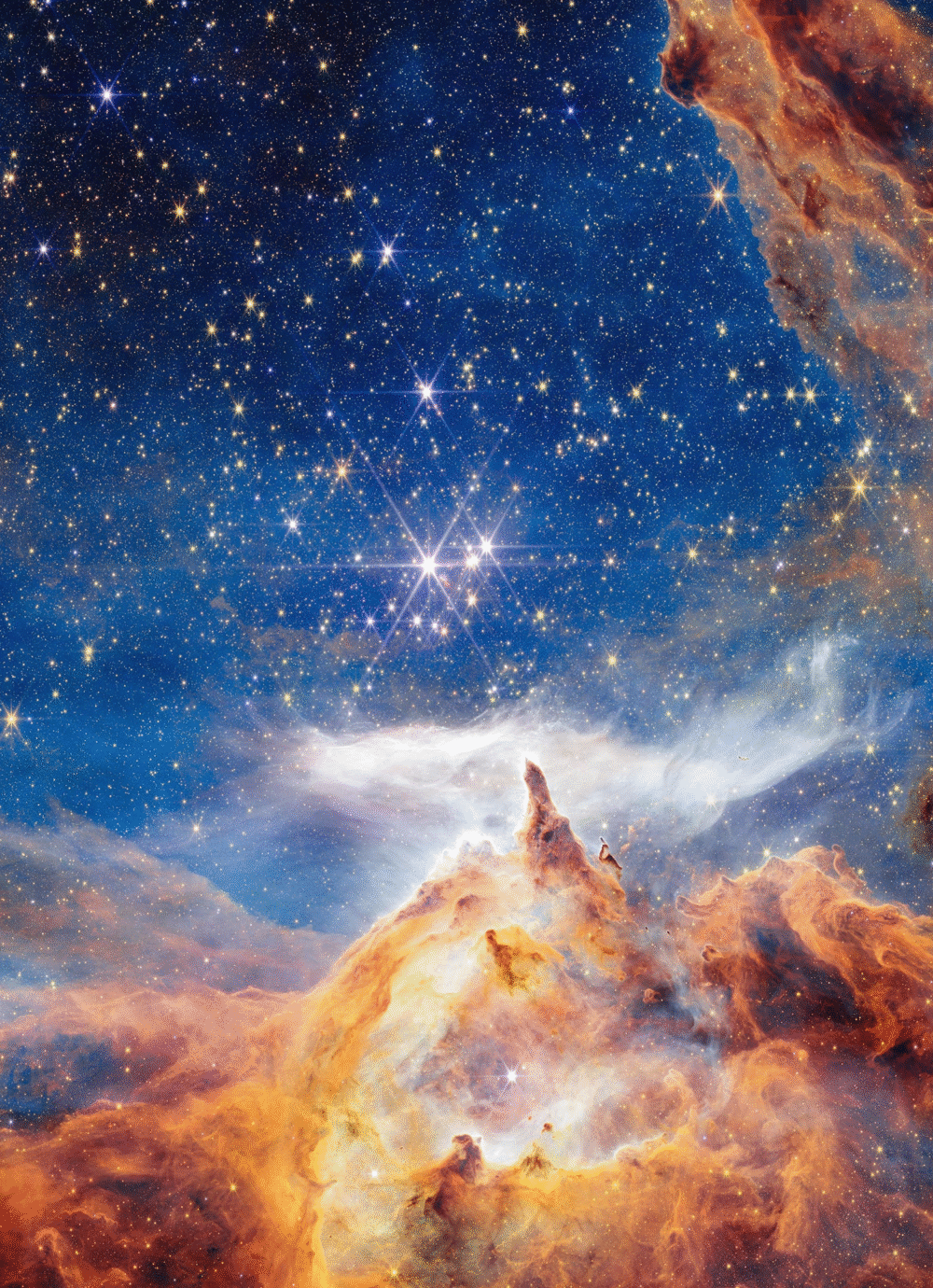
Credit: NASA, ESA, CSA, STScI. Image Processing: Alyssa Pagan (STScI)
The tallest of these spires measures about 5.4 light-years from base to tip. To give a sense of scale, the width of its tip alone could fit more than 200 solar systems, each extending out to Neptune’s orbit. These immense structures are not just by-products of star formation; they are active triggers of new stars. The relentless radiation compresses gas within them, causing new stars to ignite in their dense cores.
Pismis 24-1: A Massive Mystery
At the center of the cluster lies Pismis 24-1, a star system that once puzzled astronomers. For a long time, it was believed to be a single, record-breaking star, possibly exceeding 200 solar masses. With improved observations, scientists determined that Pismis 24-1 is at least a binary system, possibly a triple system.
The two best-studied components of this system weigh in at 74 solar masses and 66 solar masses—still among the most massive and luminous stars known. Their combined radiation is a key driver of the nebula’s sculpted features, blasting away dust, carving cavities, and creating new sites of star birth.
Nearby stars such as Pismis 24-17, estimated at around 78 solar masses, add to the extreme environment. Together, these giants provide astronomers with a rare laboratory to study how very large stars form and evolve, something that remains one of the major unsolved problems in astrophysics.
Colors and Composition
The Webb image is not only visually spectacular but also scientifically rich. Different colors represent different materials and temperatures within the nebula:
- Cyan highlights regions of ionized hydrogen gas, heated up by the intense ultraviolet radiation from young stars.
- Orange shows areas dense with dust molecules, similar in composition to smoke particles here on Earth.
- Red reveals cooler, denser molecular hydrogen gas, with darker reds marking higher density.
- Black regions represent the densest gas, so thick that even Webb’s powerful infrared eyes cannot penetrate it.
- Wisps of white indicate scattered starlight reflected by gas and dust grains.
These color-coded details give astronomers insights into how radiation from massive stars interacts with their environment, shaping the nebula and influencing where new stars can form.
Why This Image Matters
The Lobster Nebula, also known as NGC 6357, has long been recognized as one of the Milky Way’s most active star-forming regions. But until Webb, astronomers lacked the resolution and sensitivity to see its smallest details. Being relatively close at just 5,500–5,900 light-years away, Pismis 24 offers an unparalleled opportunity to study massive star formation up close.
Massive stars like those in Pismis 24 are short-lived, burning their fuel quickly and often ending in supernova explosions. Yet in their lifetimes, they have an outsized influence on their galaxies—creating heavy elements, shaping interstellar clouds, and triggering waves of new star formation. By studying this cluster, scientists can better understand the feedback cycle between stars and the cosmic environment that surrounds them.
Webb’s new image of Pismis 24 is not just a stunning picture—it is a scientific treasure trove. The combination of its proximity, extreme environment, and Webb’s unmatched infrared capabilities provides astronomers with one of the best opportunities to unravel how the universe’s most massive stars are born and how they shape the cosmos around them.
TLDR
The James Webb Space Telescope has revealed the star cluster Pismis 24 inside the Lobster Nebula, showing massive stars, towering spires of dust, and ongoing star birth. Key features include Pismis 24-1’s giant binary system and dramatic gas structures spanning light-years.
Research Paper: A New Massive Double-Lined O-Type Binary System in Pismis 24 (arXiv:0910.4191)
